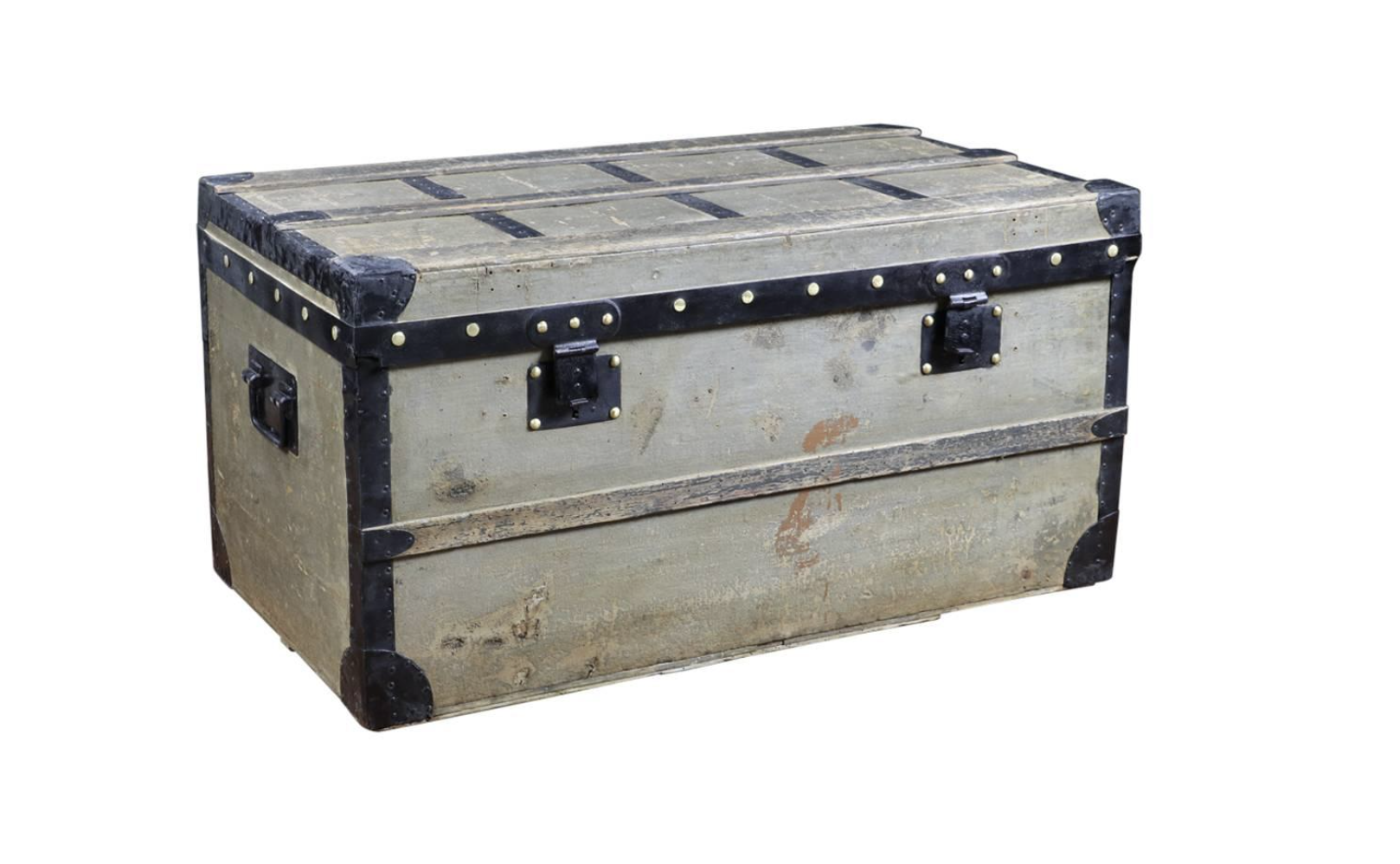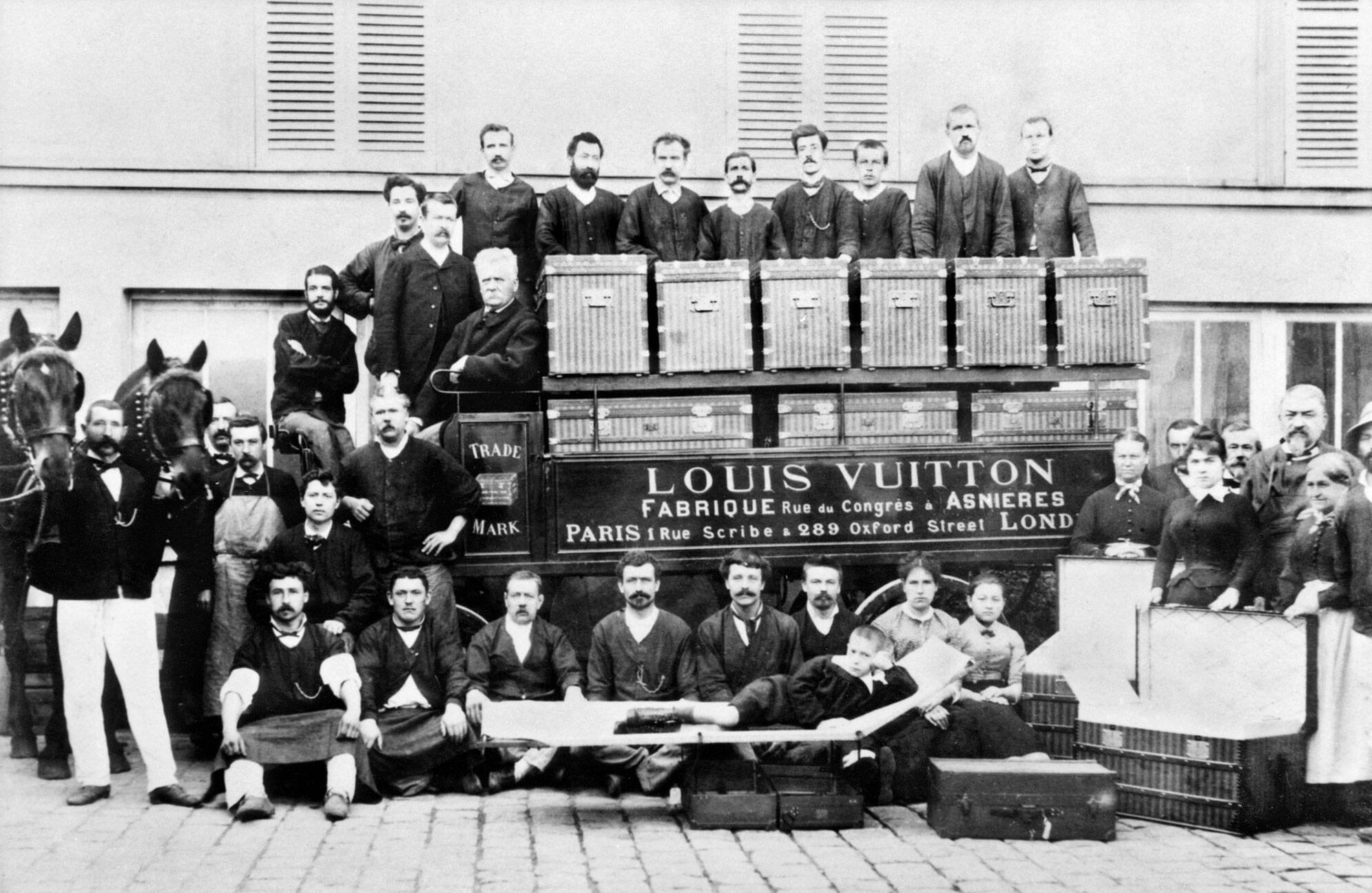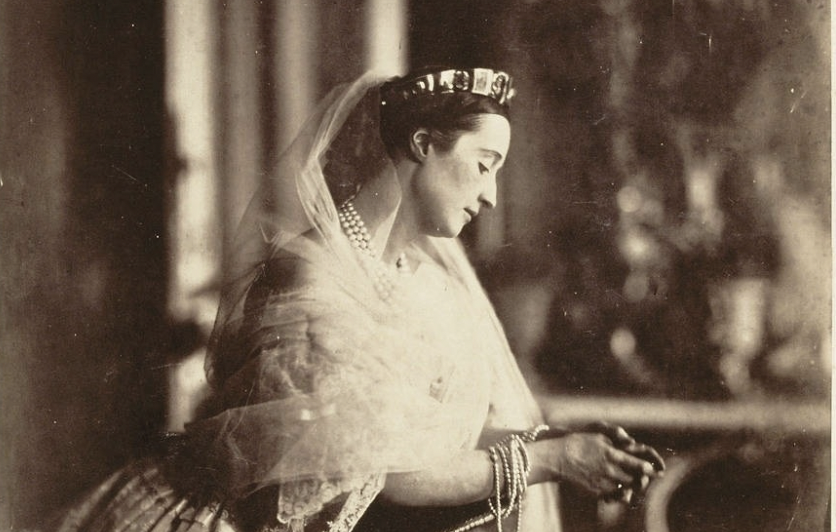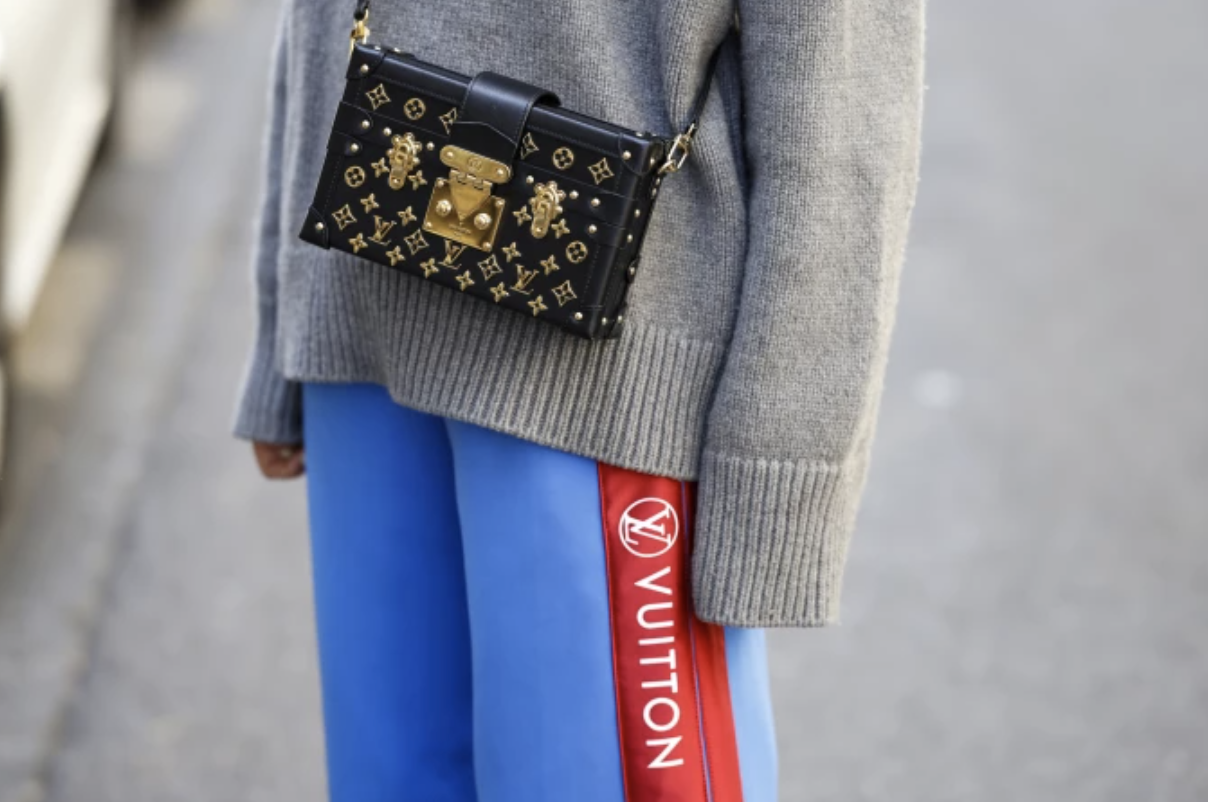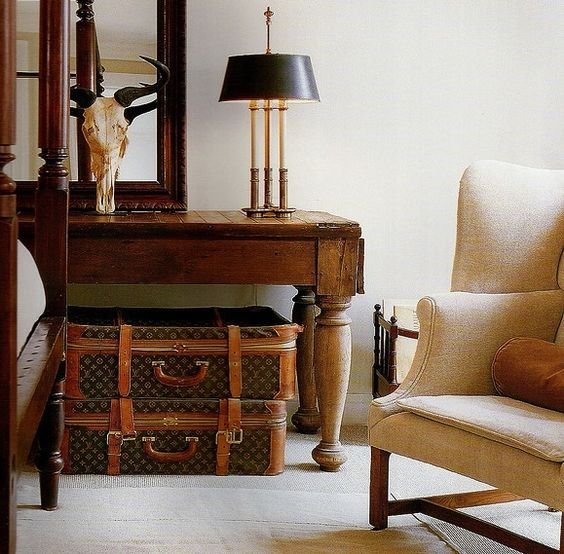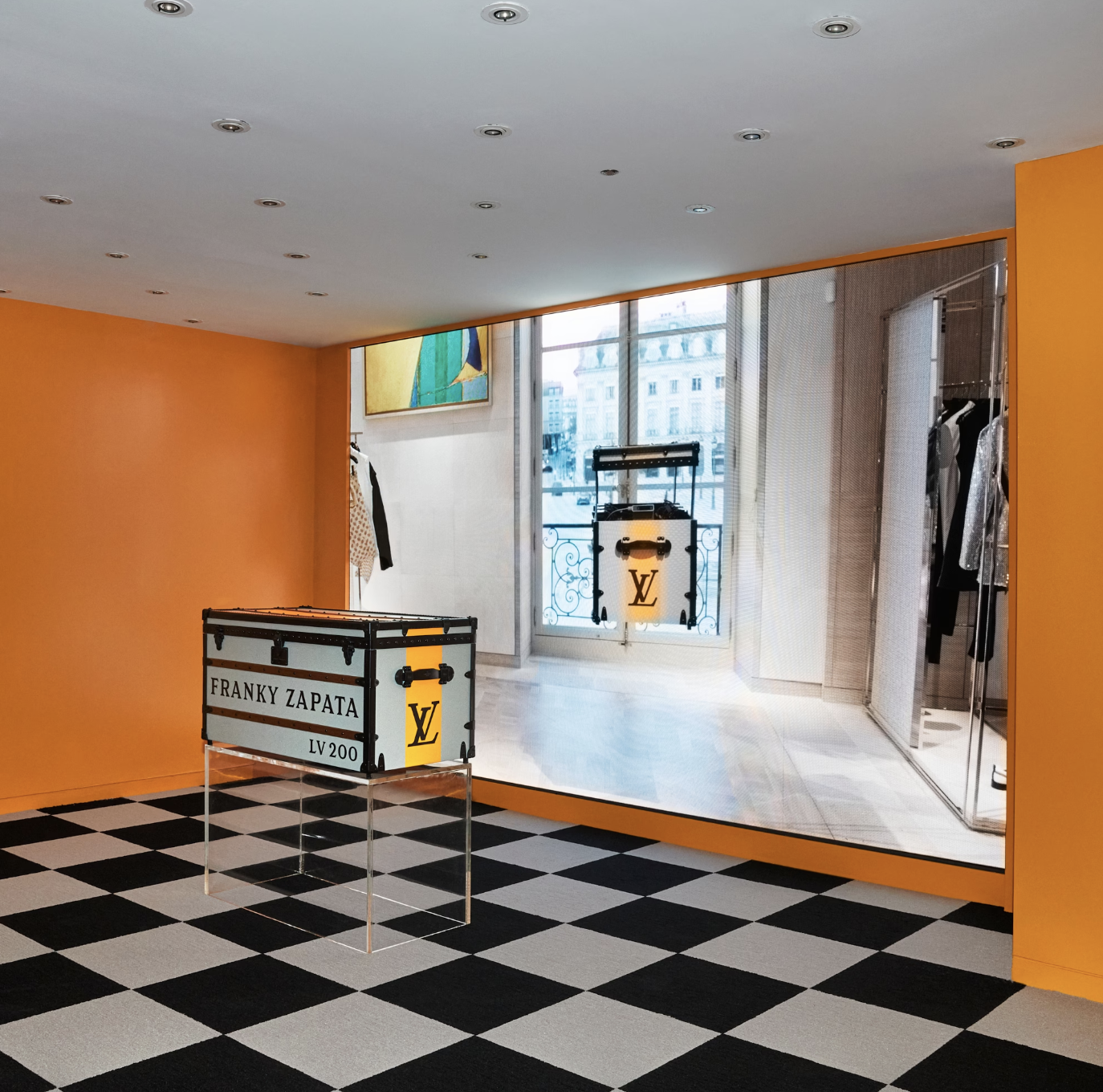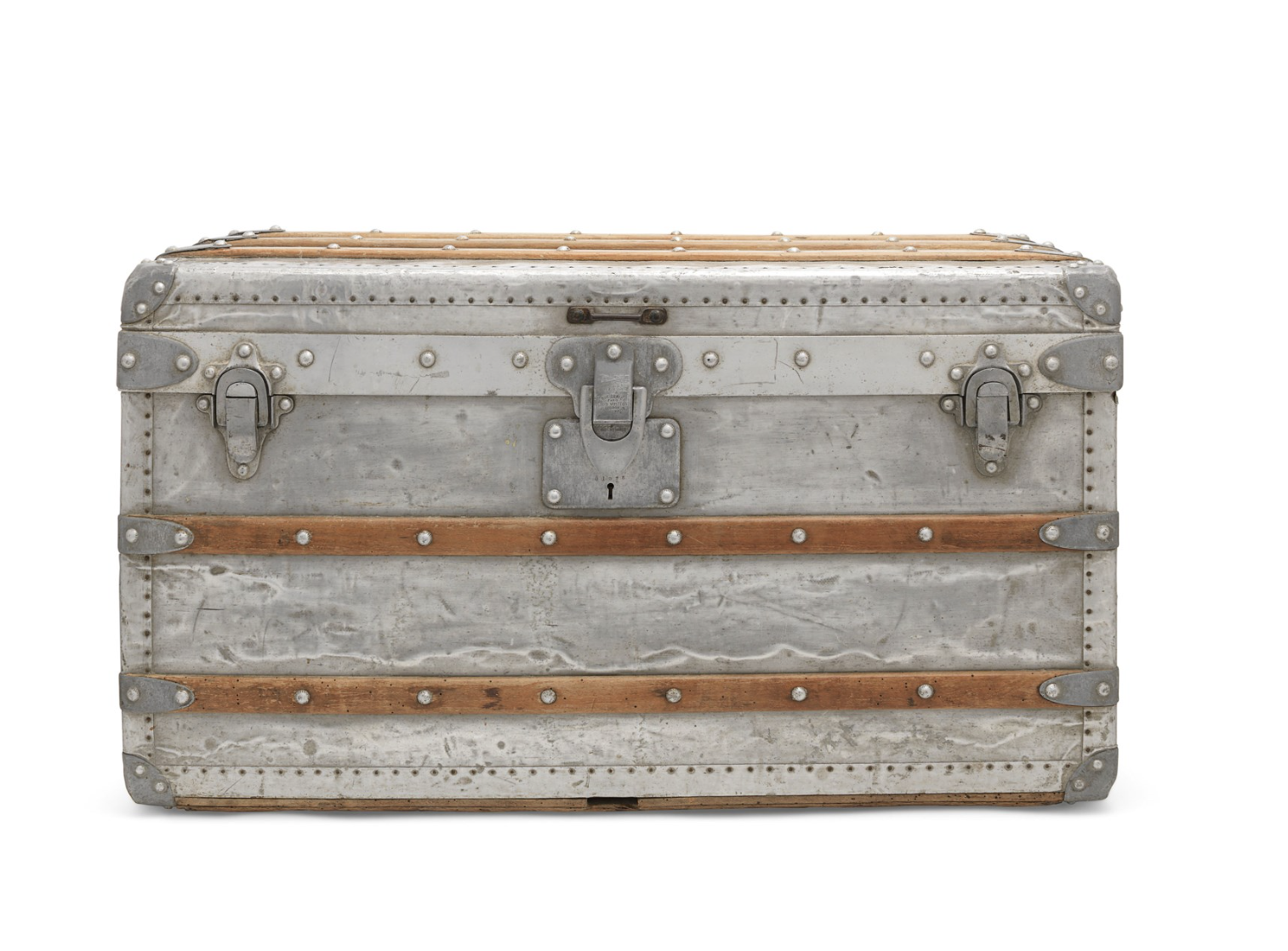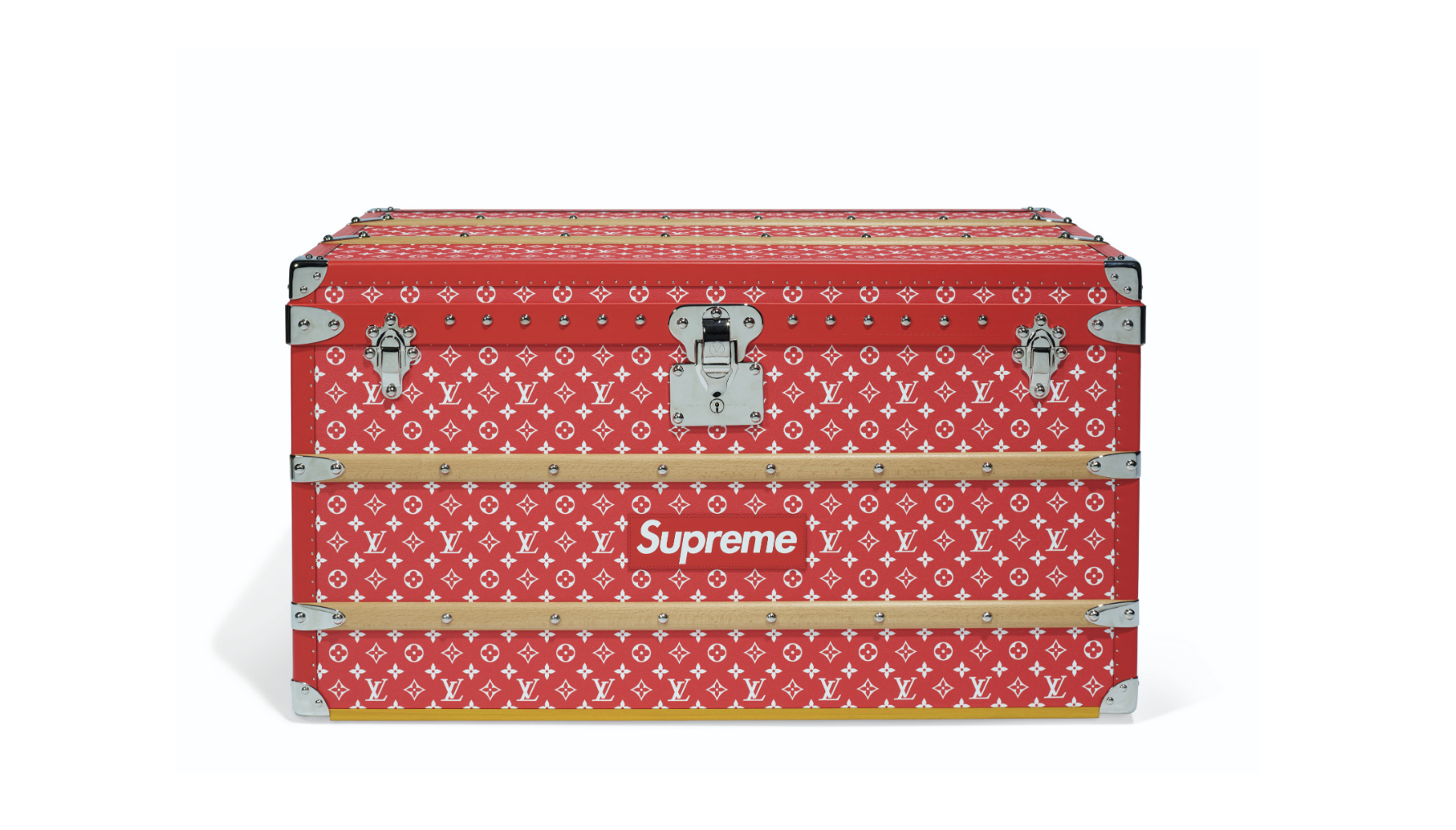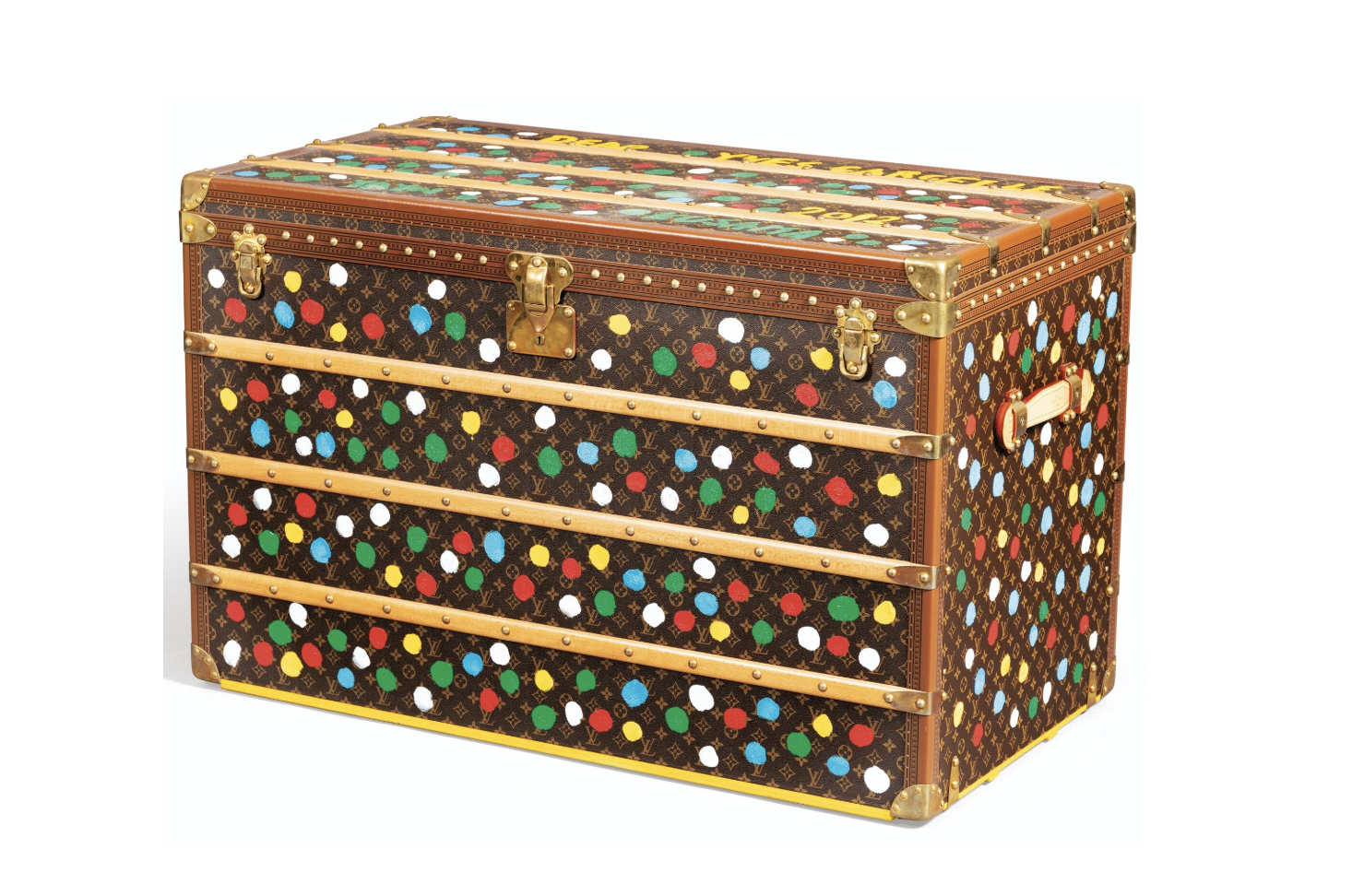The timeless appeal of the Louis Vuitton Trunk
Louis Vuitton trunks
The majority of people who choose to collect, irrespective of the category, do so out of genuine love for the item’s aspect and exquisite craftsmanship. Whether it be a watch, a piece of jewellery, a bag, a stamp or even a travel trunk, most have a precise idea of the item’s value, which plays a fundamental role in their purchasing decision. The minute a highly coveted item becomes scarce, its’ acquisition becomes a thrill. Obviously, the motivation behind the acquisition varies from person to person, with some collectors prioritising the re-sale value over the actual style of the item. This is particularly relevant to the handbag and luggage segment, which has, over the past 40 years, shown the best increase in value.
Today we hone in on a favourite of mine: the iconic Louis Vuitton Trunk. A collectible which stands the test of time and continues to fascinate connoisseurs and collectors worldwide. The Louis Vuitton trunk is, in my opinion, one of those exceptional pieces that has gone beyond it’s intended purpose.
a cult object since the 1850s
Designed in 1858 by Louis Vuitton, who had recently relocated to Paris from his home in Anchay, Franche-Comté, during the industrial Revolution, the Gray Trianon canvas was a revolutionary invention, as it was the first flat trunk to be produced. At the time, curved trunks were considered authentic, however, people understood relatively quickly, that the flat stackable trunk made it easier to pack and transport precious goods.
Louis, Georges and Gaston-Louis Vuitton (lying down on a trunk-bed) pose with factory workers in front of a horse-drawn delivery van. Asnières, 1888.© Archives Louis Vuitton Malletier
Empress Eugenie de Montijo appointed Vuitton as her official trunk maker and packer.
One of Vuitton’s most reputable clients at the time was the Empress Eugenie, wife of Napoléon III, who entrusted him with packing her most beautiful clothes in an exquisite way. The word spread fast amongst the elite and royalty and in no time, he built a clientele that would forever be loyal to him. Vuitton proceeded to hang a sign in front of his shop, which read: “Securely packs the most fragile objects. Specialising in packing fashions.”
After that, the trunk’s prestige could no longer be denied. In fact, quite the opposite. Louis’ son Georges, who had worked closely with his father before his passing in 1892, was obliged to come up with a solution to counterfeiting and developed in 1896 the famous monogram print we know and love today.
As travel became an established part of life, the trunks continued to gain popularity and as well as becoming a status symbol, they became a necessity.
Celebrities like French designer Paul Poiret, Picasso’s muse Dora Maar, and painter Francis Picabia were all adepts of the L.V trunk. Over the course of the 20th century, personalisation ensued, and bespoke trunks were specially made to protect cult objects like Hemingway’s typewriter and Greta Garbo’s shoes.
The evolution of the Louis Vuitton trunk in the 21st Century
Fast forward to the 21st century and the once renowned travel goods manufacturer becomes, under the ownership of LVMH, a global fashion giant. Nonetheless the brand has remained true to its origins and trunks remain more desirable than ever, even though their official purpose may have changed. Whilst some still use the trunks to travel with, they have also become a true object of decoration, which not only highlight L. V’s traditional skills but also their excellence. Many decorate their homes with a trunk and use them as a coffee table or as a console. Ultimately, the Louis Vuitton trunk’s purpose never ceases to reinvent itself, which makes it even more desirable. In fact, to this day, trunks remain a best-seller, particularly on the secondary market. The classic trunk even inspired Nicolas Ghesquière to design ‘la petite malle’, a miniature handbag version of the trunk, which turned into an it-bag.
La Petite Malle inspired inspired by the iconic trunk
To showcase its enduring appeal, in 2022, Louis Vuitton hosted “200 TRUNKS, 200 VISIONARIES: THE EXHIBITION” a traveling exposition, which showcased the imaginative trunks created by 200 visionaries. Initially conceived to celebrate Louis Vuitton’s bicentennial birthday, this ambitious homage started in Asnières at the Louis Vuitton family house went onto to Singapore, Los Angeles and New York. The LOUIS 200 project invited a mosaic of talents and friends spanning arts and culture, the sciences, sports, global causes and more to personalise a metaphorical blank canvas measuring approximately the same dimensions of the original trunk that Louis conceived in the 1850s.
Louis Vuitton Trunks on the secondary market
When considering adding a Louis Vuitton Trunk to your collection it is important to remember that unlike real estate (estimated price m²), there is no fixed price for a vintage or second-hand trunk. There is also no link between the price of a new trunk at Louis Vuitton and those you may find in second hand stores or auctions. The price of a second-hand trunk will be established based on the following factors:
· Model rarity: When it comes to Louis Vuitton trunks, flat trunks have the best value and special orders are more sought after.
· Dimension: Generally speaking, the bigger the better except for a few exceptions such as the flower trunk.
· Date of manufacture: Much like for Hermes bags, the year of manufacture will not necessarily increase the value of the trunk. An 1870s trunk is likely to be worth less than one from 1920 simply due to the fact the latter is more conform to the brands image. On the other hand, the 1920s trunk is likely to be worth more than a recent PVC trunk.
· Condition: Seems like an obvious one, but the better the condition of the trunk the bigger it’s value and this also applies to the interior. Trunks needing to be restored can you set back by 3500 euros and that’s just for general cleaning.
Overall, over the past 30 years the value of trunks has increased consistently, proving that the Louis Vuitton trunk is a very good investment when in good condition. So, whether you are a vintage lover, an interior buff or simply a monogram lover, these trunks are bound to make a worthy investment which stand the test of time.
Record sales at auction
A rare Louis Vuitton aluminium-bound Explorer trunk sold at Christie’s in London in 2018 for £ 162’500 — a record-breaking price.
A Louis Vuitton trunk Yves Carcelle sold at Sotheby’s in December 2020 for € 239’400.


